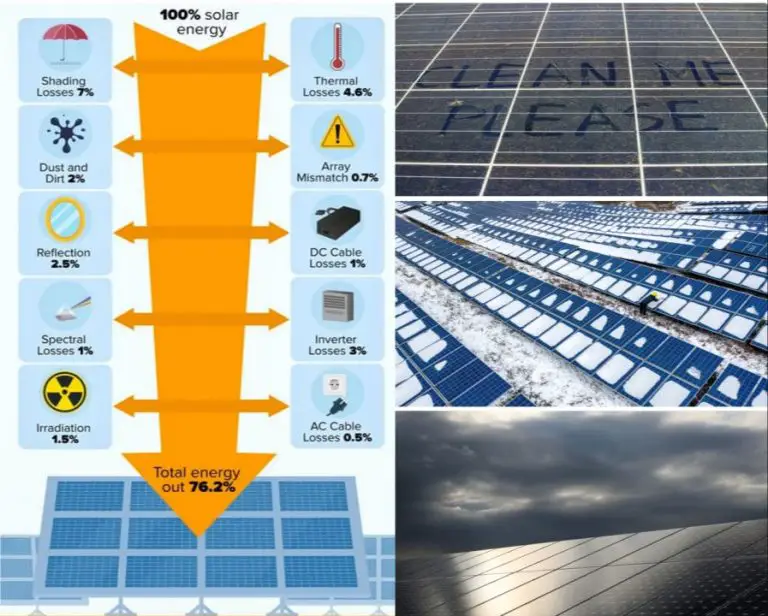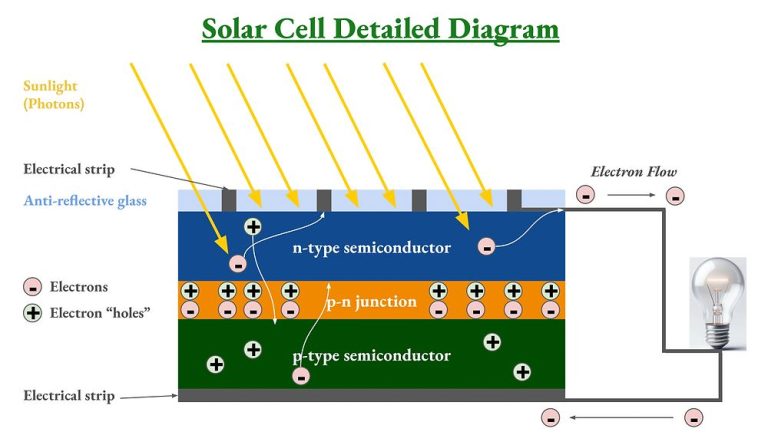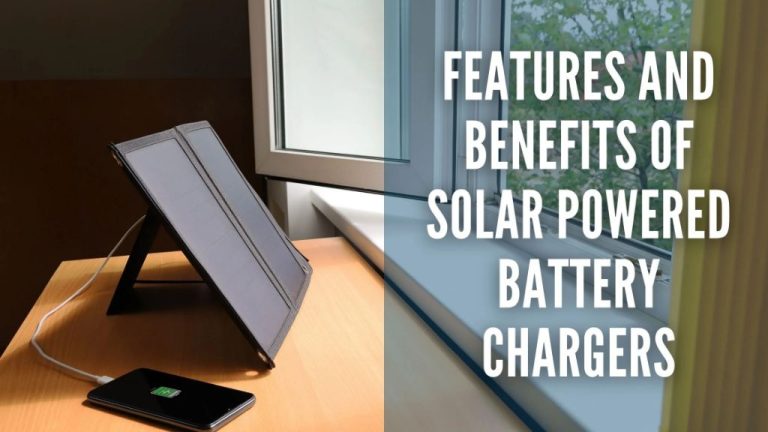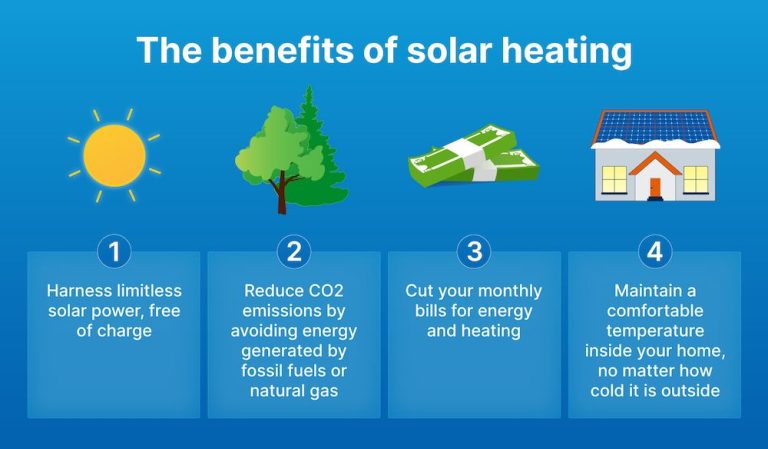Is Solar Still Worth It In California?
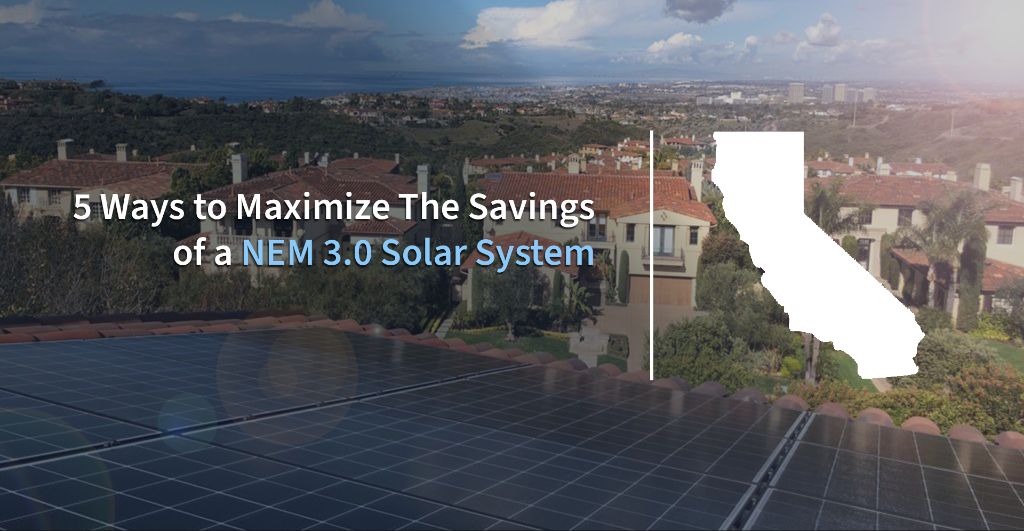
Electricity rates in California are among the highest in the nation, with average residential rates around 24.47¢ per kWh according to Electricity Rates by State | February 2024. This is nearly 50% higher than the national average. With high energy costs putting a strain on household budgets, many California residents are looking to solar power as a way to find savings.
Installing solar panels can offset expensive grid electricity with free power generated from the sun. Federal tax credits and state incentives can reduce the upfront cost of going solar. And with net metering, any excess solar energy produced can be sold back to the grid for credit.
But even with these benefits, is investing in solar still worthwhile in California with the recent changes to net metering policies and the saturation of solar in some areas? This article examines the costs and benefits to determine if solar power is still a smart investment for California homeowners.
Solar Savings
The average California homeowner using solar can save between $20,000 to $96,000 over the lifetime of their solar panel system, depending on local electricity costs.1 Using data from November 2023, the average solar installation in California ranged from $12,622 to $17,078, with the average gross price at $14,380 before incentives.2 The average California house could save almost $1,500 per year on electricity bills with solar panels.3
California offers some of the best solar tax credits and incentives in the country. The federal solar tax credit is 26% of the total system cost for systems installed in 2023 and 22% for systems installed in 2024. California also offers additional state tax credits and rebates such as Self Generation Incentive Program (SGIP) rebates. Combined with net metering savings on electricity bills, California homeowners can achieve payback on their solar panel investment in as little as 5-7 years.
Net Metering
Net metering allows solar panel system owners to send excess electricity they generate back to the grid. This excess generation is tracked and credited to the customer’s next bill at the retail rate. It essentially runs the electricity meter backwards, reducing the solar customer’s bill.
California’s original net metering program, NEM 1.0, allowed full retail rate compensation for solar exports. In 2016, this was replaced by NEM 2.0 which added some charges and fees. Most dramatically, the latest decision NEM 3.0 significantly reduces the compensation solar owners receive for their excess generation to around 25% of the retail rate (https://www.energysage.com/blog/net-metering-3-0/). The new policy aims to better align compensation with actual avoided costs to the utility.
The changes under NEM 3.0 have been controversial, with the solar industry protesting lost jobs and homeowner savings. However, California’s Public Utilities Commission argues it is a necessary change to fairly compensate solar customers while preventing cost shifting (https://www.utilitydive.com/news/california-puc-net-metering-policy-nem-appeals-court/702569/). Lawsuits challenging NEM 3.0 are ongoing.
Payback Period
The average payback period for residential solar panels in California is 5-7 years, according to a recent analysis. This means it takes about 5-7 years for the savings from solar energy to recoup the upfront installation costs. However, the actual payback period can vary significantly based on factors like system size, electricity usage, net metering policies, and available incentives.
Larger solar systems generally have faster payback periods, since they can offset a greater portion of the home’s electricity usage. Areas with higher electricity rates and limited access to net metering will also see quicker returns on investment. Federal and local incentives, like the federal tax credit, can reduce the payback period by lowering out-of-pocket costs.
For a typical home solar installation in California, analysis shows a payback period between 5 and 11 years depending on these variables. Overall, solar power remains a sound long-term investment for most California homes.
Solar Panel Efficiency
The efficiency of solar panels is a key factor in determining system performance and return on investment. Solar panel efficiency refers to the percentage of sunlight that is converted into electricity. Typical efficiency ranges for residential solar panels are between 15-22%[1]. Higher efficiency rates allow solar panels to produce more electricity using the same amount of space.
In recent years, there have been advances in solar cell technology leading to increases in efficiency. Researchers have developed multi-junction solar cells that combine multiple semiconductor materials, achieving lab efficiency rates over 47%[2]. Perovskite solar cells are also an emerging technology that has reached lab efficiency rates above 25%[3]. However, these ultra-high efficiency solar cells have not yet been widely commercialized.
For mainstream silicon solar panels, the average efficiency rate has gradually increased from around 12% in 1998 to 20% in 2023[1]. This steady improvement is mostly due to enhanced manufacturing processes as well as improved wafer and cell design. Further incremental efficiency gains of 0.3-0.5% per year are predicted moving forward[1].
While higher efficiency is better, factors like panel warranties, degradation rates, and cost per watt are also important considerations for solar panel performance and return on investment.
[1] https://www.energysage.com/solar/solar-panel-efficiency-cost-over-time/
[2] https://www.cnet.com/home/energy-and-utilities/most-efficient-solar-panels/
Battery Storage
Solar panels only produce energy when the sun is shining which means any excess electricity generated during the day goes unused at night. Adding a battery storage system allows homeowners to store excess solar energy for use when solar panels are not actively producing.
Some of the most popular home battery options for solar in California include the Tesla Powerwall, the LG Chem RESU, and the sonnen ecoLinx. These lithium-ion battery systems typically have capacities between 10-20 kWh and provide homeowners with backup power, maximize self-consumption, and provide resiliency.
The costs for home battery storage systems range from $10,000-$20,000 including installation. Key factors determining the return on investment are electricity rates, net metering policies, and the incentive programs available.
California has a Self-Generation Incentive Program (SGIP) which provides rebates for installing an energy storage system. For 2023, the average SGIP incentive amount is around $3,800 per kWh of energy storage capacity.
The benefits of adding a solar battery include optimizing solar energy use, reducing electric bills, providing backup power during outages, and allowing participation in demand response programs. With California’s time-of-use rates, batteries can lead to substantial savings by using stored solar energy during peak periods.
Installation Costs
The average cost of a solar panel system installation in California ranges from $2.80 to $3.80 per watt, with most homeowners paying between $12,000 and $17,000 for a typical 5 kilowatt system (As of February 2024, the average solar panel system costs $2.8/W including installation in California. For a 5 kW installation, … https://www.energysage.com/local-data/solar-panel-cost/ca/). This puts the average cost for solar in California in the same ballpark as the national average.
Solar installation costs in California have been steadily declining over the last decade, down nearly 50% since 2010. However, costs leveled off around 2018 and have remained fairly stable since then (As a reference, solar panels have an average cost of $2.51 per watt in California, but premium brands like SunPower can reach more than $4 per … https://www.marketwatch.com/guides/solar/solar-panel-cost-california/).
Many factors can impact the cost of a solar installation, including system size, roof type, panel efficiency, and location. Working with an installer to get an accurate custom quote is important.
Grid Parity
Grid parity refers to when the cost of generating electricity from solar panels is equal to or less than the cost of buying electricity from the utility grid. This is an important milestone, as it makes solar power economically viable without subsidies or incentives.
California reached grid parity for residential solar in 2015, according to a grid parity map from Sunmetrix. This means the levelized cost of solar electricity in most parts of California is now at or below the retail electricity price. Factors contributing to grid parity in the state include abundant sunshine, high electricity rates, and decreasing costs of solar panels and installation.
While grid parity has been reached at the residential level, California still lags behind in grid parity for commercial solar installations. But continued cost declines are expected to make solar power cost competitive for more sectors in the near future.
Environmental Benefits
Solar power provides significant environmental benefits for California by reducing carbon emissions and improving air quality. According to a report by Environment America, rooftop solar avoids over 5 million tons of carbon dioxide emissions per year in California, equivalent to taking over 1 million cars off the road [1]. By generating clean energy from the sun instead of fossil fuels, solar displaces emissions from coal and natural gas power plants. This directly reduces greenhouse gas emissions that contribute to climate change.
In addition, by reducing reliance on fossil fuel plants, solar energy cuts emissions of criteria air pollutants like nitrogen oxides and particulate matter. These pollutants contribute to smog and respiratory problems, so solar improves public health through better air quality. The American Lung Association has touted the air quality benefits of solar, noting its potential to avoid hundreds of millions of pounds of hazardous air pollutants each year [1].
Conclusion
After reviewing the costs and benefits of going solar in California, the evidence clearly shows that solar is still a worthwhile investment for most homeowners.
The main benefits of solar include significant long-term savings on electricity bills due to net metering credits, short payback periods in around 5-7 years, high solar panel efficiencies thanks to California’s sunny climate, the option to add battery storage for backup power, and the ability to generate clean, renewable electricity right from your own roof.
While the upfront installation costs can seem high, the incentives, tax credits, and long-term savings make solar a financially smart choice. And as solar costs continue to decrease while electricity rates increase, the value proposition of solar will only improve over time.
Considering California’s ambitious renewable energy goals and the urgency of reducing fossil fuel dependence and carbon emissions, going solar remains one of the best steps households can take. The benefits clearly outweigh the costs for most. So for those looking to take control of their energy use, save money, and help the environment, solar is still very much worth it in California.

